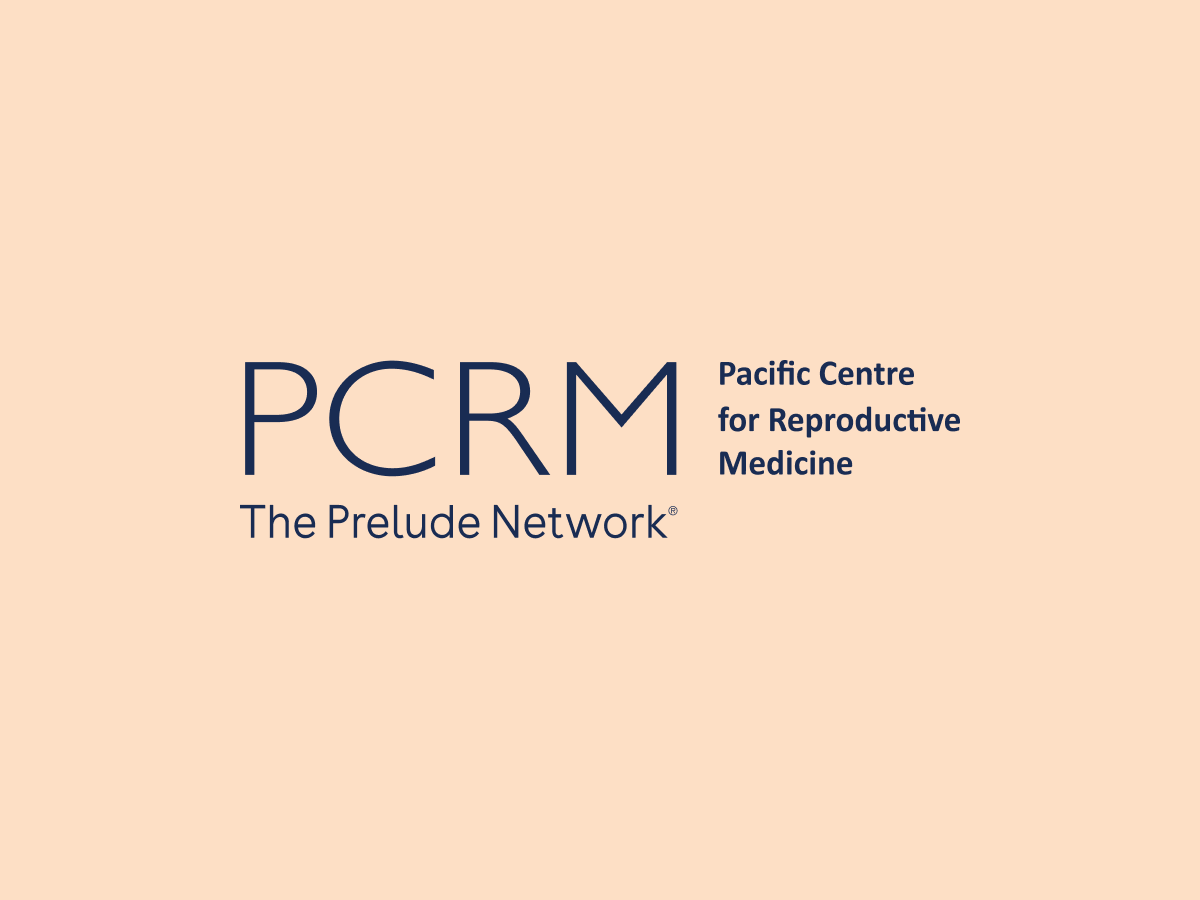Tubal Disease
When eggs mature, a surge of luteinizing hormone (LH) initiates ovulation. It causes the ovaries to release the eggs, which then travel through the fallopian tubes where fertilization occurs and then to the uterus where implantation occurs.
Women with tubal disease or abnormalities often have a blockage or damage to their fallopian tubes, which impedes the progress of the egg or embryo.
Some women who’ve had their fallopian tubes tied as a means of birth control wish to reverse the surgery. Although tubal ligation reversal can be done with relative success, there is no guarantee that the reversed surgery will restore fertility.
In vitro fertilization (IVF) is a common treatment option for women with tubal disease. Eggs are retrieved from the follicles and do not have to make the passage through the tubes. In IVF, the eggs are fertilized in vitro (outside the body), incubated, and the embryos then transferred to the uterus.
Although IVF success rates are higher than tubal reconstruction surgery, some women choose to reconstruct their fallopian tubes to be able to attempt pregnancy naturally. Tubal ligation reversal success rates are comparable to IVF.
Related Posts
Categories
About the PCRM Blog
Welcome to the Pacific Fertility Centre for Reproductive Medicine Blog! Nationally and internationally recognized for providing exceptional reproductive care, our team believes in empowering people with the knowledge they need to navigate their unique fertility journeys.
From information on the latest fertility treatments to valuable insights on egg donation, surrogacy, and everything in between, the Pacific Centre for Reproductive Medicine Blog is your ultimate resource for all things reproductive care and support. Read on to learn more, and contact us today if you have any questions or want to schedule a new patient appointment.

